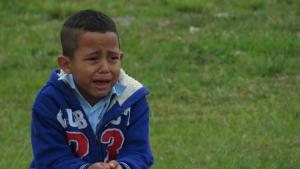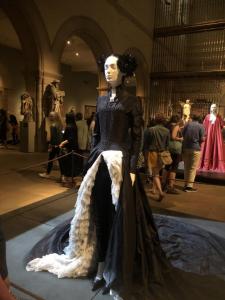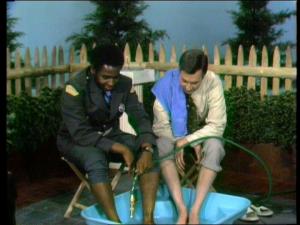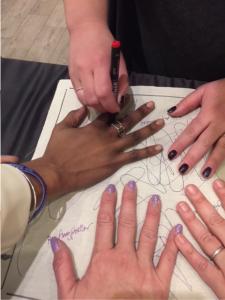I had to see it, in much the same way I had to see The Passion of the Christ. Everybody is asking me what I think about the Da Vinci Code, as if, because of my profession, I might have some divine pronouncement previously unknown to Dan Brown, Ron Howard or Tom Hanks.
The thing is, surprisingly, the movie sparked a variety of different thoughts, enough, in fact, for two blog entries! So, for all of you who asked . . . and for all of you who could care less . . . here’s the first of my two cents.
First of all, let’s be sure we’re all on the same page.
The Da Vinci Code is fiction.
Did you get that?
The Da Vinci Code is fiction.
Okay, so as long as we are clear on that, let’s get down to some important critique.
I noticed that this movie is very dark. Most of the scenes are shot at night in shadowy places like old, poorly lit churches and large, empty Paris museums. If you are like me, your sense of a movie, or any kind of experience, really, is significantly influenced by the mood and ambiance. (Does this make any sense whatsoever? In other words, I care just as much how a restaurant “feels” as whether or not the food tastes good . . . ). So, I came out of the movie feeling a little depressed and carrying a sense that “church” and “God” are dark and ominous—not my general impressions, I have to say.
Further, I have a problem with movies in which the characters do not behave like normal people would. Some other examples of this genre would be the Mission Impossible and Bourne Identity movies. This are the questions that arise when I observe a lack of normal behavior: Who runs all over France for several days without sleeping or eating? And how do they know where to go when they are driving like maniacs through a dark forest toward a private estate? And who knows how to drive an armored truck in real life, anyway? And, worst of all, how on earth could Audrey Tautou run all over the cobblestones in Paris wearing three inch heels and still look like she stepped off the cover of Vogue? How can the filmmakers expect me to immerse myself in the story when I know darn well that there’s no way Audrey Tautou could be contemplating the deeper questions of faith when her feet are killing her?
While I am aware that there are larger, more deeply theological and sociological questions that arise from this movie I am afraid they will have to wait until my second blog entry on this issue. In the meantime, I think it critical to reframe Tom Hanks’ character’s question to Audrey Tautou’s character at the end of the movie: “If there was a descendent of Jesus, would she destroy faith or renew it?”
Let’s be honest . . . the more critical questions might possibly be:
“If you were going to shoot a movie in Paris, don’t you think you could find a more cheery place to do it than the Louvre at night?”
And, “If there was a descendent of Jesus, would she really be running around Paris in high heels?”
Ponder these and more we’ll consider other questions in another blog entry.











